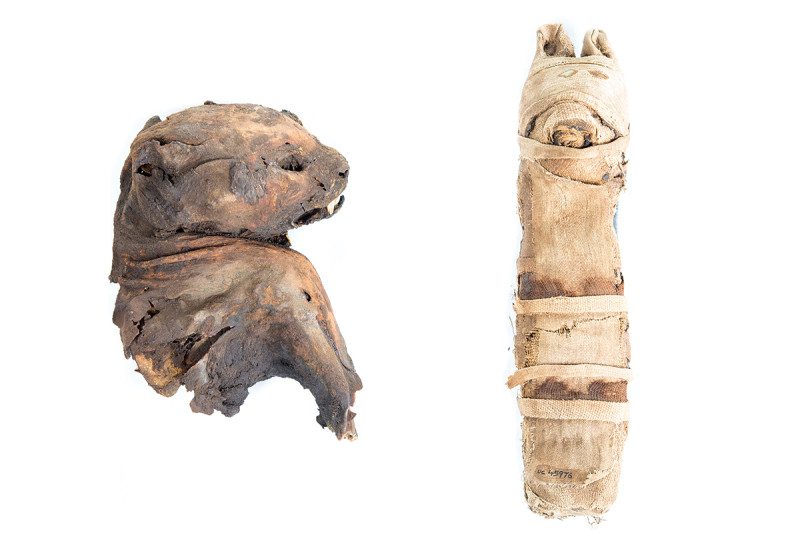
Visiting the Museum of Ordinary Animals exhibition for New Scientist, 4 November 2017
SOME animals are so familiar, we barely see them. If we think of them at all, we categorise them according to their role in our lives: as pests or food; as unthinking labourers or toy versions of ourselves. If we looked at them as animals – non-human companions riding with us on our single Earth – what would we make of them? Have we raised loyal subjects, or hapless victims, or monsters?
This is the problem that The Museum of Ordinary Animals sets out to address. This show has been artfully, but still none-too-easily, stuffed into the already famously crammed setting of the Grant Museum, a 19th-century teaching collection packed full of skeletons, mounted animals and specimens preserved in fluid.
The exhibition, a sign announces, “begins in front of you, behind the dugong”. The corridor between cases is narrow. Easing past visitors distracted by a glass case of dolphin heads, I shave past the enormous, grinning skull of a saltwater crocodile. Here, as in our imagination, the ordinary animals tend to get squeezed out by the extraordinary ones.
The exhibition is small, so go around twice. Spend the first time reading. There is an art to visitor information and the show’s curators have nailed it here, citing just the right oddities and asking just the right questions to tip the viewer into a state of uncertain wonder.
This show, about animals that are useful to humanity, also turns out to be a show about how dangerously peculiar humanity is. The world has been shaped by our numbers, our intelligence and our activity. For example, all pet golden hamsters descend from a single female fetched from Syria in 1930. It was in a group meant for the lab until it was won in a bet.
And the settling of Europeans in Australia from 1788 triggered the fastest catastrophic species loss we know of. Our cats did most of the work, invading more than 99.8 per cent of the Australian land mass. Today, feral cats kill tens of millions of native animals in Australia every night.
The world has been shaped by our beliefs, too. In Europe, it was once common to bury people with their companion animals. Christianity saw off that practice in the late 7th century, because the faith denies that animals have souls. Then, around a thousand years ago, Benedictine dietary rules were formulated. At that time, chickens were feral, quarrelsome and didn’t lay anything like as many eggs as they do now. Today, the chicken is a more or less mindless and sedentary protein factory.
Having learned that humanity isn’t so much a species, more a narrow and superbly weaponised ecosystem, the visitor is ready for a second go. Now the exhibits resonate wonderfully: the bones, the pictures, the jars. Is the subject of Cornelis de Visscher’s mid-17th-century engraving The Rat-Catcher, the catcher himself or the rat in his cage? There are mice used in diabetes research, ironed flat at death and mounted on cards like obscene tombstones. Nearby, a mummified cat head possesses extraordinary innate dignity: no wonder the animal was a focus of worship.
Leaving Ordinary Animals and the museum, I found myself standing under an orange sky, courtesy of Hurricane Ophelia, which had recently brought ash and dust from runaway forest fires to smother Europe’s Atlantic seaboard. Under that dead light, humans gawped at a red sun while, across the road from me, a pet dog, brought to heel, yawned, as though to say: who cares about the sky? Master will feed us. Mistress knows best.
But the exhibition had thrown me out of my complacency, and rarely have I felt less easy with the human project.
